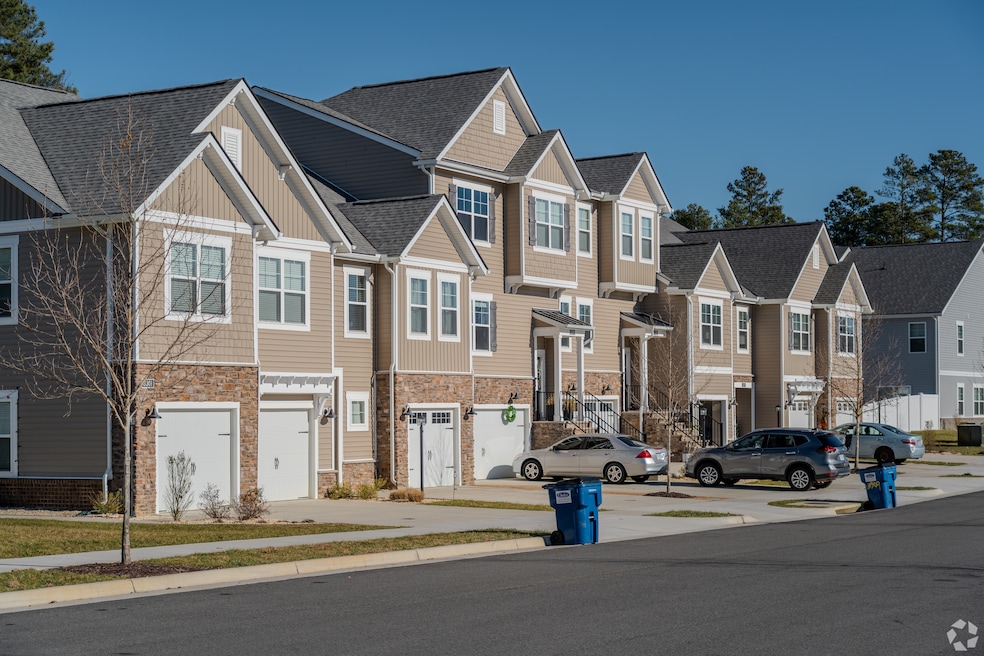When people buy a new home before it is built, they often have the chance for several “walk-throughs” — tours of the property at different stages in the construction process to make sure it meets their expectations.
The number of these walk-throughs depends on a builder’s process and how involved buyers want to be. Sometimes, walk-throughs are written into the sales contract before the house rises out of the ground. Some builders and agents encourage four or more tours, but in some cases, like large condo developments with hundreds of units, the buyer may have only two such opportunities.
“You can’t overcommunicate with the buyer about their house,” James Flanagan, vice president of community experience at Tri Pointe Homes in Raleigh, North Carolina, told Homes.com. “Most people want to be contacted proactively; they don’t want to have to drag information out of the builder.”
He said his company is unusual in the industry because it arranges five walk-throughs for buyers, their listing agents and home inspectors.
Most builders start with a preconstruction meeting at the home site. At that point, they may be laying pipes to connect to the municipal water line in the street. The buyer can walk the lot to get a sense of where the house will be, said Tim Parent, the Richmond, Virginia, market president for Mungo Homes.
Next comes what is commonly known as the "predrywall meeting." The buyer “can see the bones of the house,” Parent said, including where the electrical, plumbing, heating and air-conditioning systems will be located. This is an important stage because some buyers want to confirm details, such as the locations for light switches and outlets or that there are hose spigots in the front and back of the house for easier garden watering.
If the buyers have stipulated in their contracts that they want specific items, like a showerhead set at a certain height, the builder may have them come back for a third meeting to make decisions prior to installation.
“That would only be on a higher-end property; for your typical 200-unit condo building, there’s a zero percent chance the buyer will get to decide the showerhead height,” Anslie Stokes, a real estate agent for Corcoran McEnearney, a division of The Corcoran Group in Washington, D.C., told Homes.com. “It's going to be the same in every unit.”
Tips:
- Park on the street, so you don't get nails in your car tires.
- Wear closed-toe shoes.
- Wear the builder-provided hard hat.
- Don't bring the kids.
- Leave your pets at home.
- Bring pens, paper and a clipboard.
- Take your time and ask questions.
- Bring copies of the builder handouts and agreements.
- Know what's included in the base price vs. upgrades and add-ons.
You can catch needed repairs early
The third event is what Parent called the "preclosing meeting," in which the buyer and builder go over needed repairs such as nail pops and drywall blemishes and other items on the "punch list." It’s at this meeting that the buyer often learns about the builder’s home warranty policy, which will cover certain repairs for a period of time after move-in.
Tip: Leave with a copy of the punch list
Tri Pointe includes an extra meeting before the pre-closing so a buyer can see the paint job, countertops and other finished items, but the flooring still needs to be installed.
“Now they’re seeing the home with the colors they picked for the first time. We want to make sure it’s all correct,” Flanagan said.
Finally, there’s a walk-through shortly before closing. If a buyer’s inspector wasn’t on the pre-drywall tour, they may attend this one. Some builders encourage skipping an inspection, however, since city or county officials conduct multiple checks of their own throughout the building process.
“We like the extra set of eyes, but it’s also an added expense,” Parent said.
But it can be important, Stokes said, recalling instances of less reputable builders cutting corners or using substandard materials.
“It’s arguably even more important to have an inspection on a new home than an existing one,” she said. “The systems haven’t been tested. It’s great you got the nail pops fixed, but if there’s a leak in the water heater, that’s a much bigger problem.”

